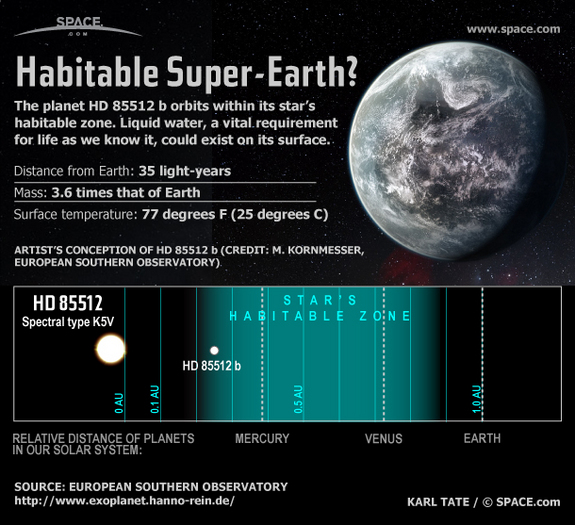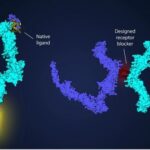January 17, 2015 – The search for habitable exoplanets is turning out to be far more promising according to astrophysicists at University of Toronto. It appears that far more planets outside the Solar System have liquid water.
Jeremy Leconte, at the Canadian institute for Theoretical Astrophysics, University of Toronto, have developed a climate model for exoplanets that takes into consideration the influence of an atmosphere on the planet’s rotational spin. This is a new field of study. The model shows that in the presence of an atmosphere, even a thin one, more planets experience rotational day and night cycles similar to that found on Earth. The lack of discernible atmosphere, as in the Moon, impacts spin eventually creating a planet with permanent day and night sides. This condition is known as synchronous rotation. That means the face of the Moon that faces Earth is always the same. We never see what we call the dark side unless we view it by a satellite in orbit around it.
What Leconte and his associates believe is that a large number of the exoplanets already discovered with atmospheres present should exhibit similar asynchronous Earth spin with a resulting day and night cycles, allowing the light from the parent star to create a greater opportunity for habitability.
The rate of spin may vary. For example in our Solar System, Mars’ spin is almost identical to here on Earth. A Martian is about half-hour longer than ours. Venus, on the other hand experiences a day that is longer than its year. In addition its spin is retrograde, the opposite direction of all other planets in our system. Uranus, if it were an exoplanet, would be classified as a super Earth. It like Venus, exhibits a retrograde spin but one far more within planetary norms. One day lasts about 17 Earth hours. The other outer planets all rotate faster than Earth. Neptune’s day lasts under 16 Earth hours. Saturn’s is 10.65. And Jupiter’s day a mere 9.9.
But Leconte and his colleagues are particularly interested in terrestrial sized planets similar to Earth orbiting around lower-mass stars, ones even smaller than our Sun. These are likely the best candidates for habitability. So if we really screw up this planet and need a new home, if Leconte’s research is right, there is more than one out there in our galaxy waiting for us.
The picture below is an artists impression of the super-Earth exoplanet HD 85512 b. Its star is 35 light-years away. It’s looking pretty good based on spectral readings of its atmosphere. Surface temperatures are 25 Celsius (77 Fahrenheit) degrees. It’s bigger than Earth, about 3.6 times our mass. So all we need to do is develop faster-than-light drive technology like a warp engine and we can visit in the near future.













